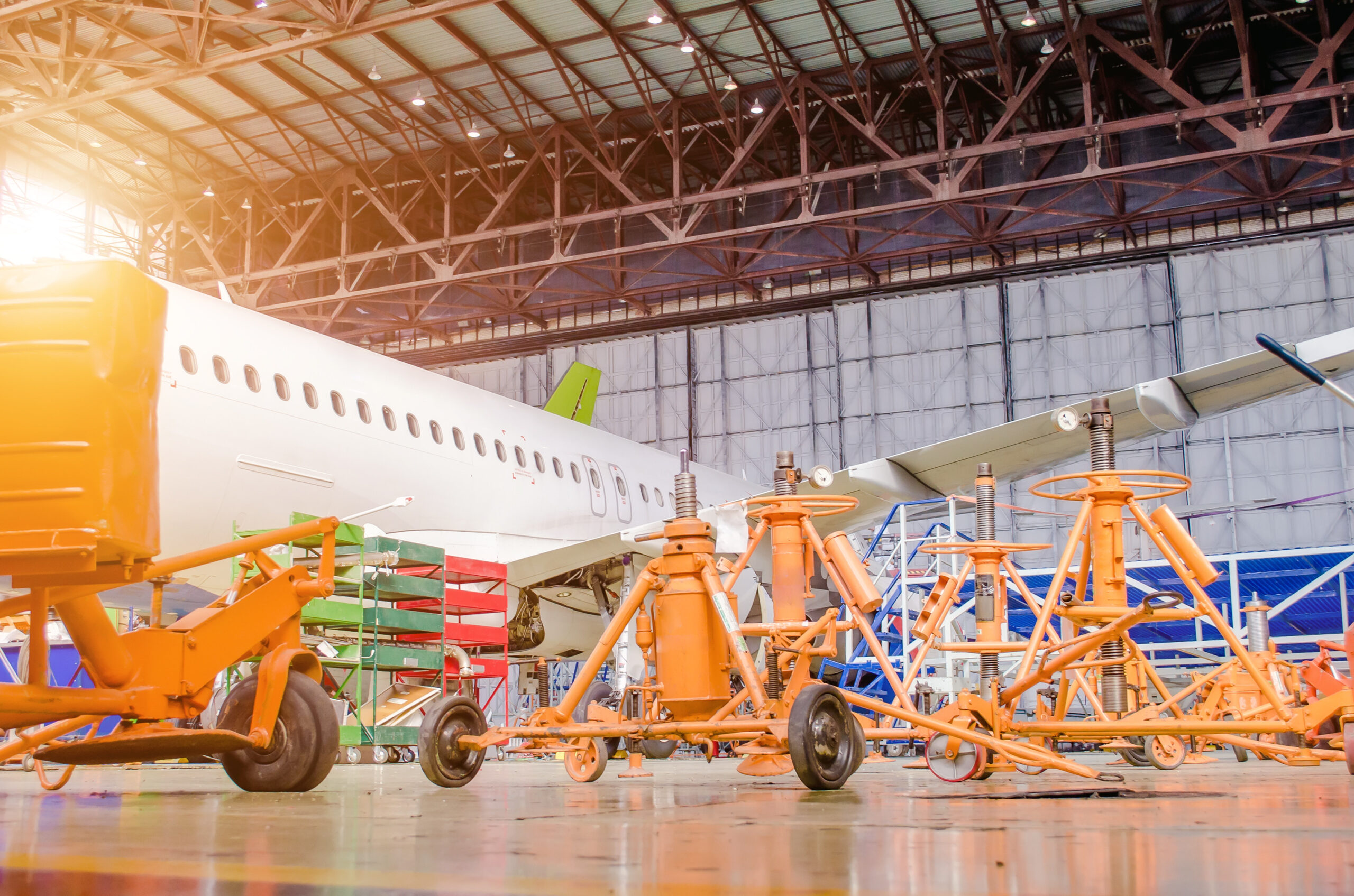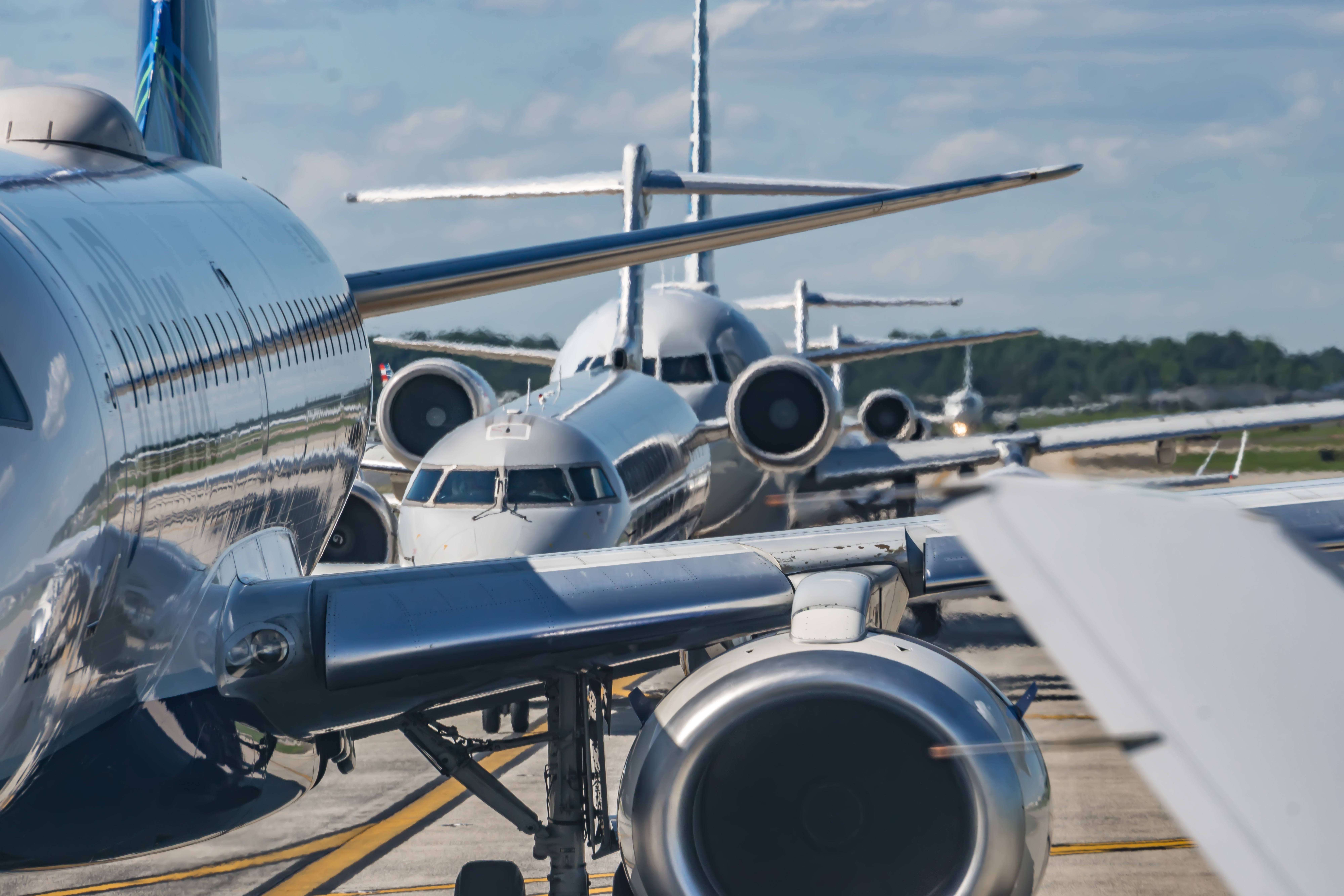Locatory.com, a leading online procurement platform specializing in aviation-related products, has just unveiled the launch of an exclusive marketplace section, which is specifically dedicated for aviation chemicals and consumables. This innovative addition aims to revolutionize the procurement process for businesses operating within the aviation industry by providing a seamless and efficient platform for sourcing a comprehensive array of chemicals crucial for aircraft maintenance and operations.
“We are thrilled to announce the expansion of our platform to encompass aviation consumables,” stated Toma Matutytė, CEO of Locatory.com. “Recognizing the critical role of procurement of chemicals and other consumables in aviation operations, we are dedicated to empowering businesses with the necessary resources for success. Our newly introduced marketplace section will significantly simplify the procurement journey, enabling smooth access to essential chemicals while fostering connections with reputable suppliers.”
The introduction of the Locatory.com chemical marketplace offers a lot of additional advantages for both buyers and sellers. For buyers, the platform offers unparalleled access to a diverse range of aviation-grade chemicals and other consumables sourced from a global network of trusted suppliers.
Traditionally, procuring aviation chemicals and consumables required direct or semi-direct dealing with various distributors and manufacturers, a laborious and disjointed process. Locatory.com streamlines this ordeal by serving as a centralized hub, presenting buyers with a comprehensive catalog of chemicals sourced from different suppliers worldwide. This consolidation enables buyers to effortlessly compare offerings, pinpoint specific chemical grades or formulations, all within a singular, user-friendly platform.
“We have started with introduction of the globally known sellers and suppliers of aviation chemicals into our marketplace. Therefore, from now on, such distributors are already offering a wide array of items, which can be accessed via our platform together with other businesses, offering aviation parts and services – all in one place. That way, our dedicated marketplace section offers an extensive array of aviation consumables, serving the diverse needs of aircraft maintenance and operations,” Matutytė explains. “And this is just the beginning. We now have listed everything from cleaning agents and corrosion inhibitors to sealants, and the section is already growing in three key areas: the number of items listed, the geographical accessibility of the chemicals, and the number of sellers offering a variety of products at competitive prices.”
Of course, as Locatory.com goes beyond simply listing aviation consumables, the platform offers advanced search functions that allow buyers to filter products based on specific criteria like chemical type, grade, quantity, and location. That way, seller’s products are seen by the most relevant buyers actively searching for those specific chemicals in the most convenient location.
Solving Main Challenges of Aviation Consumables Procurement
Locatory.com is shaking things up in the aviation industry by becoming the first major marketplace to offer a dedicated section for aviation consumables. This innovative move seamlessly integrates these essential products into their existing catalog, further solidifying their position as a one-stop shop for everything, related to aviation. Customers can now ditch the hassle of searching multiple vendors – from now on, Locatory.com will cater to all their needs, be it parts, services, tooling, or even crucial aviation chemicals like sealants, fire retardants, hydraulic fluids, paints, or coatings.
However, it’s important to acknowledge that even though such aviation consumables, as, for example, aviation chemicals, may be relatively inexpensive compared to multi-million-dollar aircraft parts, their procurement and logistics pose a significant challenge. As Matutytė highlights, “consumables are relatively cheap products, when in aerospace sector we have a part that usually costs hundreds of thousands or even more, up to millions of dollars. And it is quite well-known fact within the industry that the true complexity lies in storing and shipping aviation chemicals and other consumables.” Unlike most of the major parts, these critical supplies present some unique challenges, such as limited lifespan, humidity, or temperature sensitivity. For example, many aviation chemicals have a short shelf life, requiring strict inventory management and careful consideration of purchase quantities to avoid spoilage and wasted resources.
Moreover, certain aviation chemicals are highly sensitive to temperature fluctuations, so, maintaining proper storage and transportation conditions is necessary to preserve their efficacy and prevent them from degrading or becoming unusable. And, of course, among aviation chemicals and consumables, there are also a lot of hazardous materials, and that is posing additional risks during storage, transportation, and use. Flammability, toxicity, and corrosiveness are just a few of the concerns that demand special handling procedures, as well as adherence to various safety guidelines.
Besides, various regulations mandate the proper tracking of hazardous materials throughout the supply chain. This requires keeping the relevant documentation and, sometimes, even additional records to ensure compliance and maintain a clear audit trail.
Streamlined Procurement Process
Beyond simply listing chemicals, Locatory.com simplifies the entire procurement process. The platform offers tools for requesting quotes, yet the new section for chemicals and consumables, due to the specific nature of such items will be able to select a simple ‘buy now’ function to acquire items directly from the seller – while also having an option to collect the RFQ. This eliminates the need for lengthy exchanges of information, streamlining communication between buyers and suppliers. This comprehensive approach to procurement ensures a smoother and more efficient experience for all parties involved.
Additionally, buyers also should be ready to benefit from a very competitive pricing as Locatory.com fosters an environment that promotes competition among suppliers. With a wider pool of vendors offering their chemicals on the platform, buyers would be able to compare prices and specifications more easily. This transparency allows them to explore more favorable deals and potentially secure lower costs for their chemical needs.
Transparent Transactions
The traditional chemical procurement process can often be opaque, with hidden fees or unclear terms. Locatory.com aims to provide a platform that fosters transparency throughout the transaction process. Detailed listings with clear pricing structures, together with readily available product information.
By offering a user-friendly interface and reliable customer support, Locatory.com ensures that buyers have all the necessary tools to make choice, which will benefit their business operations. This ultimately leads to smoother transactions and increased trust between buyers and sellers in the chemical procurement industry. Sellers are also about to benefit from such expansion, as now they can more easily list a wider range of products on the marketplace. The ability to reach a wider audience of potential buyers translates into significant business advantages.
Global Reach
Traditional marketing methods for chemicals often involve regional trade shows or targeted advertising campaigns. Locatory.com breaks down these geographical limitations. The platform acts as a global marketplace, attracting buyers from across the globe. This allows sellers to showcase their products to a diverse pool of potential customers, increasing their chances of securing new business opportunities. By leveraging Locatory.com’s global platform, sellers can connect with buyers in different regions and tap into new markets that were previously inaccessible. This not only boosts sales potential but also fosters business growth through strategic collaborations and partnerships on a global scale.
Reaching new customers can be expensive. Locatory.com offers a cost-effective marketing channel for sellers. By listing their products on the platform, sellers gain access to a vast network of potential buyers without the need for extensive marketing campaigns. This allows them to focus their resources on other aspects of their business while still expanding their customer base.


